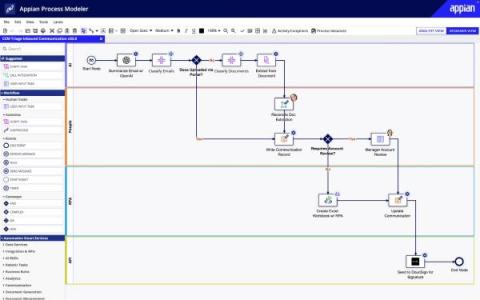6 Ways Local Government Automation Can Transform the Citizen Experience
Local governments aim to serve the needs of their communities by fostering a safe, prosperous, and vibrant environment where residents and businesses can thrive. But too often, inefficient processes and manual, paper-based tasks consume valuable time and resources. This leads to delays, errors, and inconsistencies in the delivery of essential services, eroding citizen satisfaction and trust.











